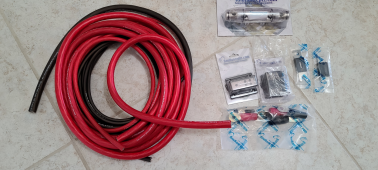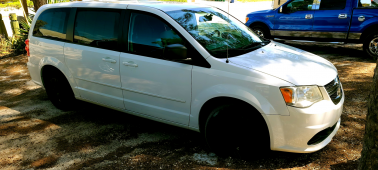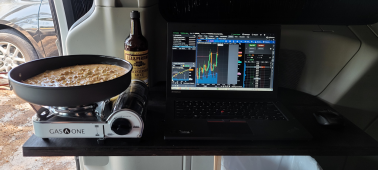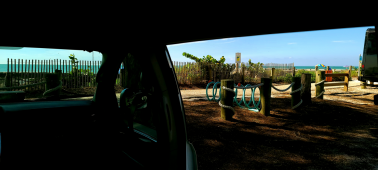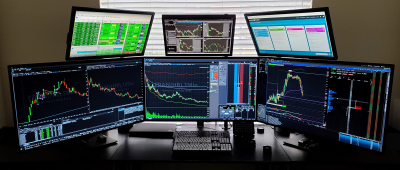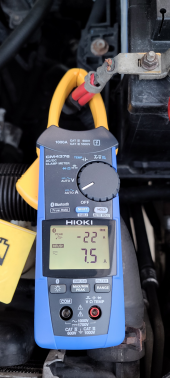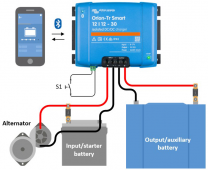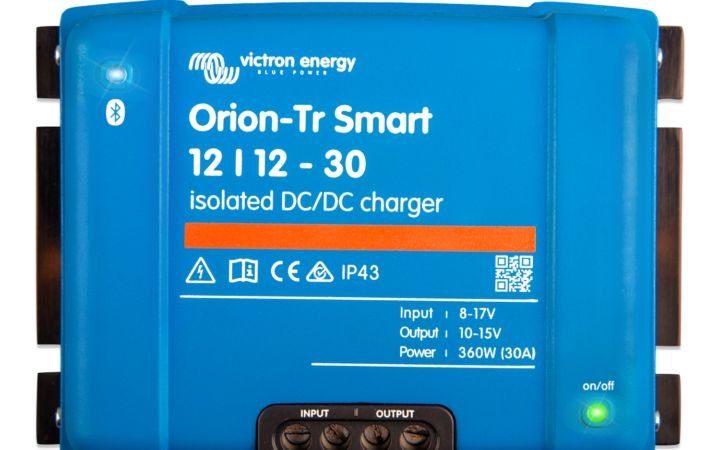What's the best DC to DC charger for the 150 A aftermarket smart alternator in my 2011 Dodge Grand Caravan?
So far I have a 1200 VA Victron inverter delivered and a DIY 12 V 280 Ah LIFEPO4 battery on order.
Would have loved a MultiPlus system but the smaller ones with 1200 VA seem to be all in 230 volt.
I plan to add one 380 Watt solar panel later on in summer, but for now its just that one house battery that needs charging from the alternator.
Any other suggestions? What else will I need? What max Amp can I pull from my alternator?
So far I have a 1200 VA Victron inverter delivered and a DIY 12 V 280 Ah LIFEPO4 battery on order.
Would have loved a MultiPlus system but the smaller ones with 1200 VA seem to be all in 230 volt.
I plan to add one 380 Watt solar panel later on in summer, but for now its just that one house battery that needs charging from the alternator.
Any other suggestions? What else will I need? What max Amp can I pull from my alternator?



